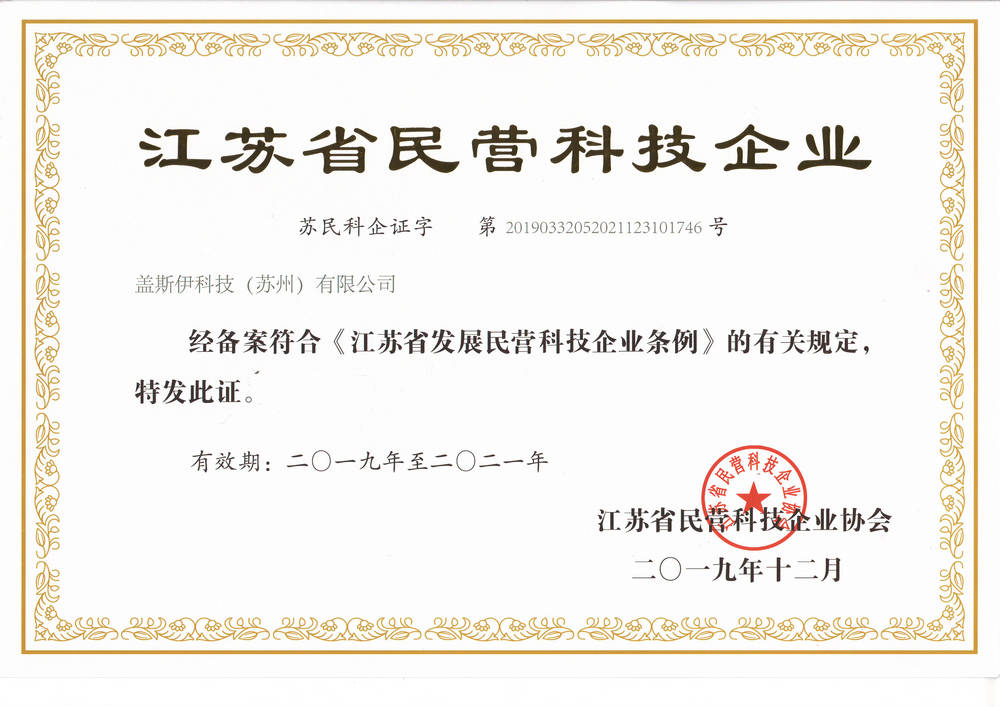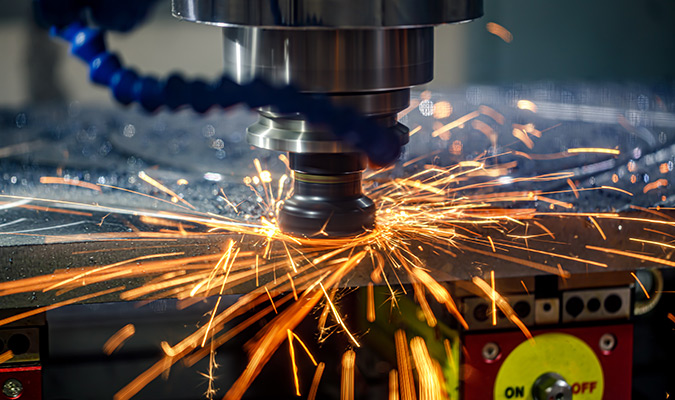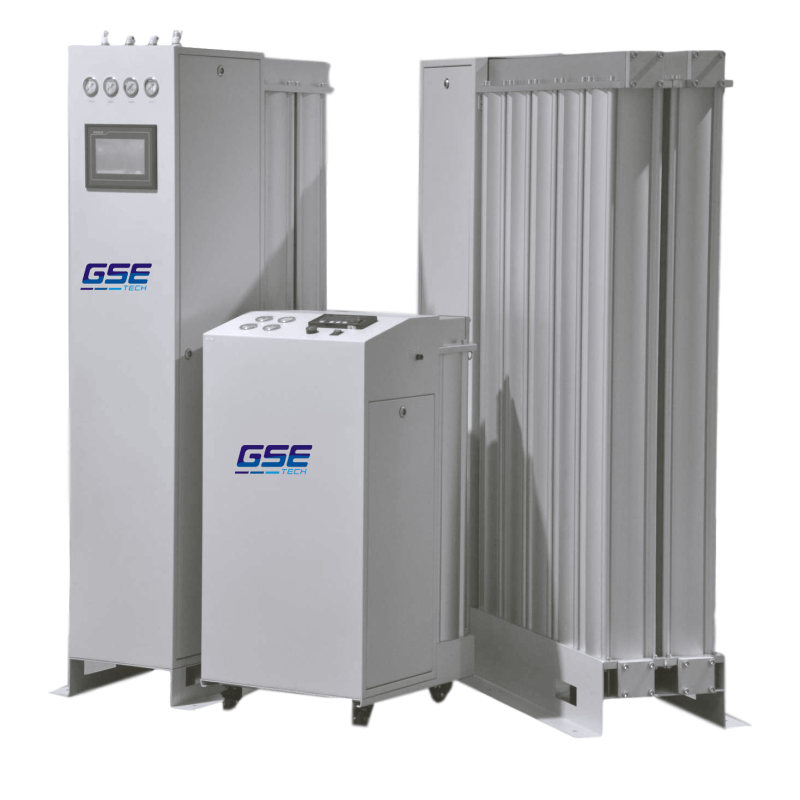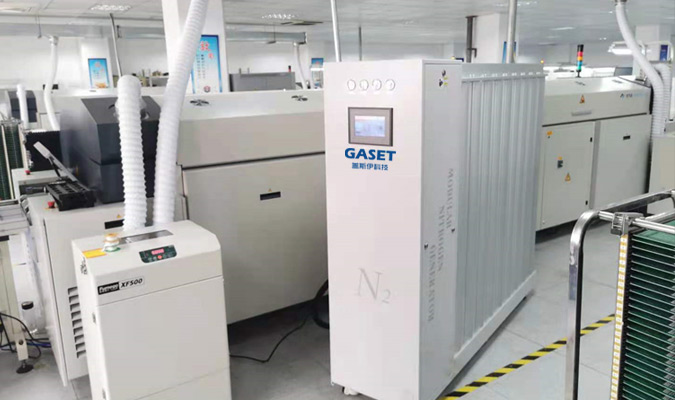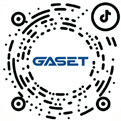Preparation method, quality standard and verification requirements of pharmaceutical nitrogen
1. Conventional preparation method of nitrogen
1.1 nitrogen production by deep cooling air separation
Nitrogen production from cryogenic air separation is a traditional nitrogen production method, which has a history of nearly decades. It takes air as raw material, after compression and purification, and then uses heat exchange to liquefy the air into liquid air. Liquid air is mainly a mixture of liquid oxygen and liquid nitrogen,
The boiling points of liquid oxygen and liquid nitrogen are different (at 1 atmospheric pressure, the boiling point of the former is -183 ℃, and that of the latter is -196 ℃), and they are separated by liquid-air rectification to obtain nitrogen.
1.2 nitrogen production by membrane air separation
With air as raw material, oxygen and nitrogen can be separated by different permeation rates of gases with different properties such as oxygen and nitrogen in the membrane under certain pressure. Compared with other nitrogen making equipment, it has simpler structure, smaller volume and no switching valve
It has the advantages of less maintenance, faster gas production (≤ 3 minutes) and convenient capacity increase. It is especially suitable for small and medium-sized nitrogen users with nitrogen purity ≤ 98%, and has the best function price ratio. When the purity of nitrogen is above 98%, it is the same as PSA of the same specification
The price of the machine is more than 15% higher than that of the machine.
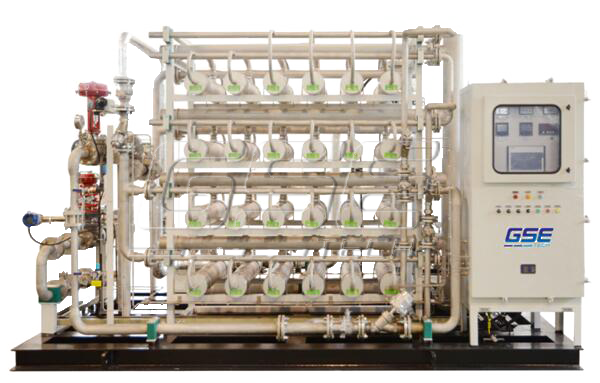
1.3 PSA PSA nitrogen production
Pressure swing adsorption (PSA) is a new gas separation technology. Its principle is to separate gas mixtures by using the difference of "adsorption" properties of molecular sieves for different gas molecules.
At present, carbon molecular sieve or zeolite molecular sieve is widely used in the field of nitrogen and oxygen production. The separation of oxygen and nitrogen by molecular sieves is mainly based on the different diffusion rates of the two gases on the surface of molecular sieves. Carbon molecular sieves are both activated carbon and molecular sieves
Carbon based adsorbents with certain properties. The carbon molecular sieve has a very small micropore composition, and the pore size distribution is between 0.3nm ~ 1nm. The gas (oxygen) with smaller diameter diffuses faster, and more of it enters the solid phase of molecular sieve, so that nitrogen can be enriched in the gas phase. a section
After a period of time, the adsorption of oxygen on the carbon molecular sieve reaches equilibrium. According to the different characteristics of the carbon molecular sieve on the adsorption amount of adsorbed gas under different pressures, the pressure is reduced to remove the adsorption of oxygen on the carbon molecular sieve. This process is called regeneration. PSA usually uses two towers in parallel,
Pressure adsorption and decompression regeneration are performed alternately to obtain continuous nitrogen flow.
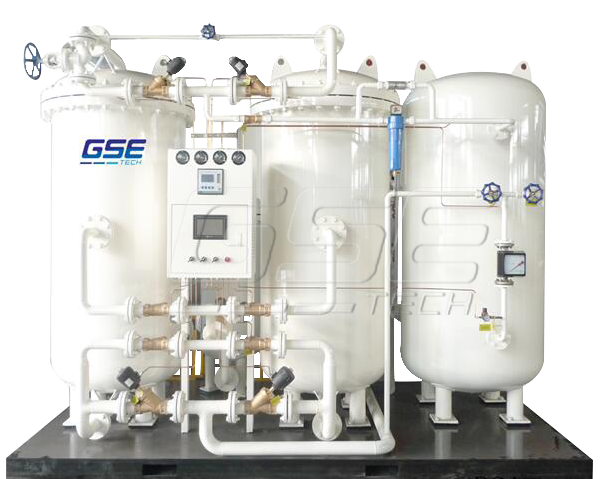
2、氮气与药品生产
2.1 作用
(1)储罐的充氮保护,使水中的氧及二氧化碳始终处在低的水平上;
(2)注射剂加工过程防氧化,如复方氨基酸生产过程中防止氧化;
(3)成品的充氮保护。
2.2 质量要求与测试标准
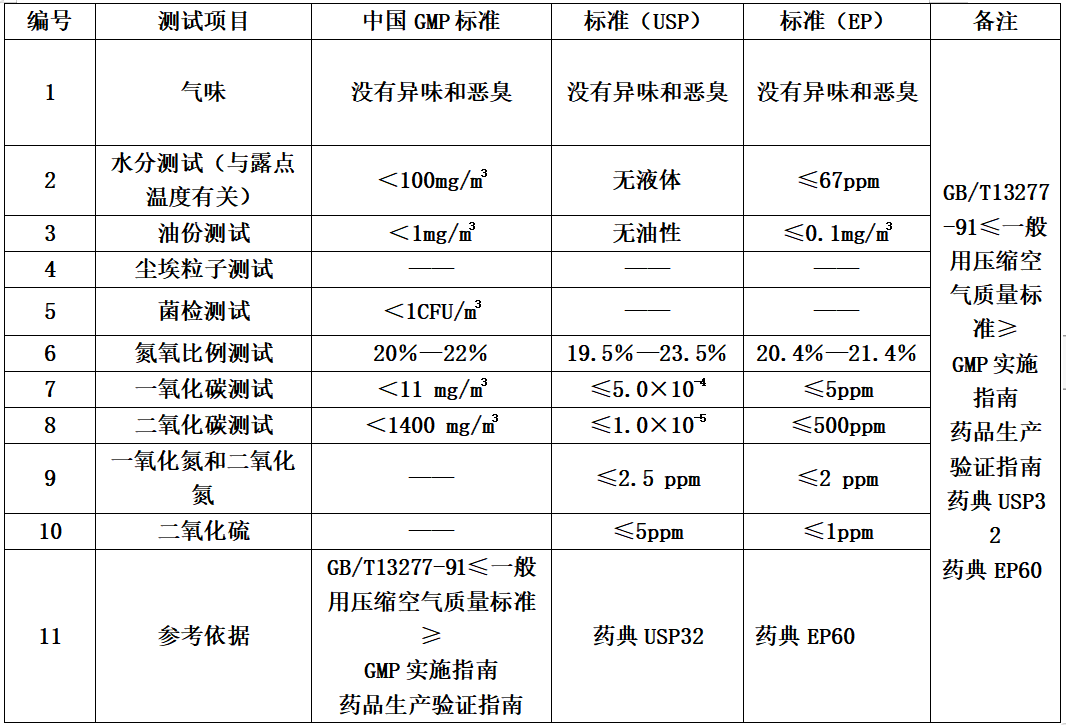
Note: China GMP nitrogen is not managed as a drug, but the United States and the European Union include nitrogen in the Pharmacopoeia.
3. Nitrogen system verification
3.1. IQ
1. equipment inspection
2. component installation inspection
3. instrument calibration and inspection
4. media supply inspection
5. equipment installation inspection
6. material inspection of contact products
7. control system installation inspection
8. spare parts inspection
9. filter inspection
3.2 OQ
3.2.1. Pre confirmation requirements
SOP inspection
Test instrument inspection
3.2.2 operation confirmation inspection
Mechanical function inspection
Automatic control function inspection
Confirmation of operating parameters
Noise test and EHS confirmation
3.3 PQ (according to QS, TS)
1. Microorganisms, particles, moisture and others
2. Purity (non oxygen content, oxygen content)
3. Pressure and pressure stability test
